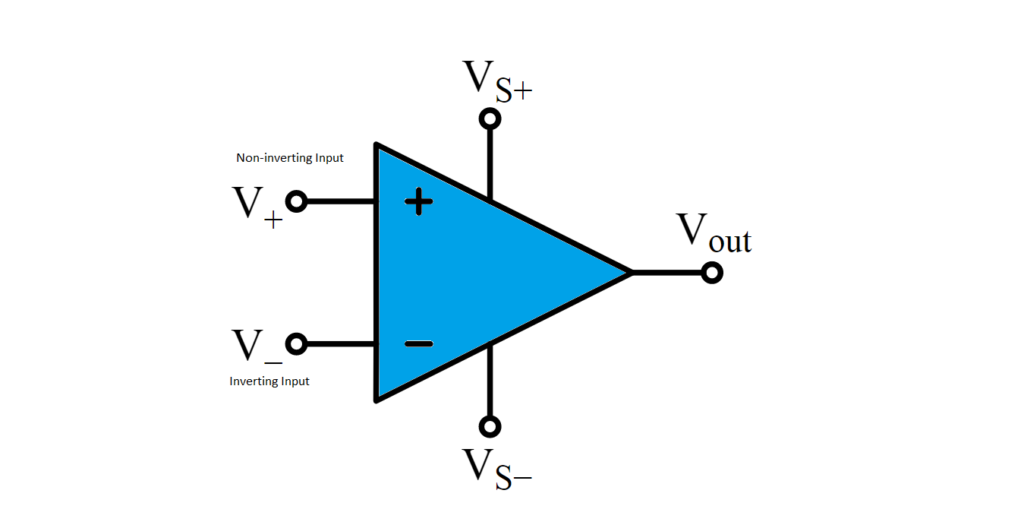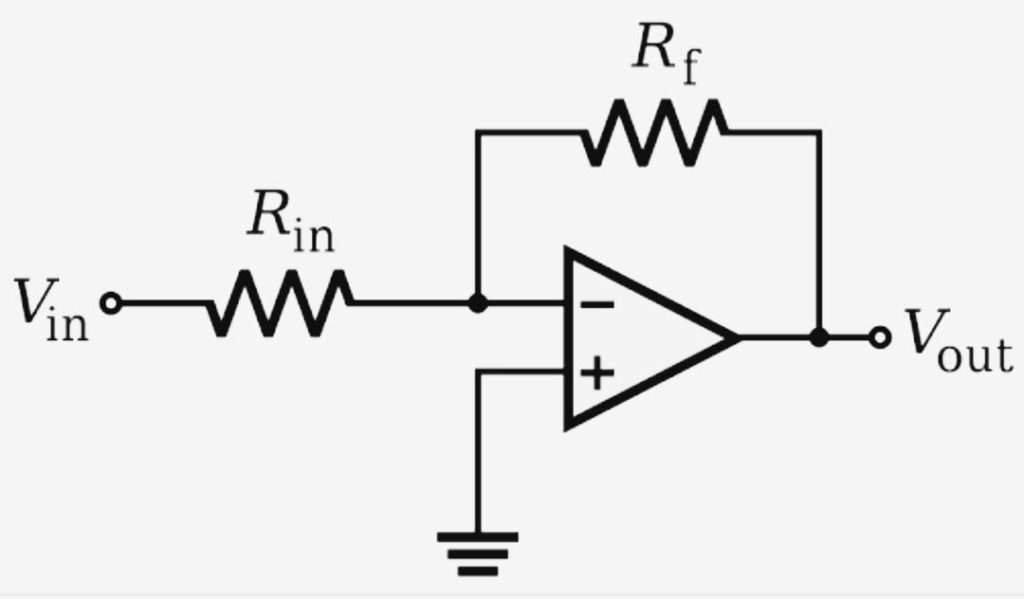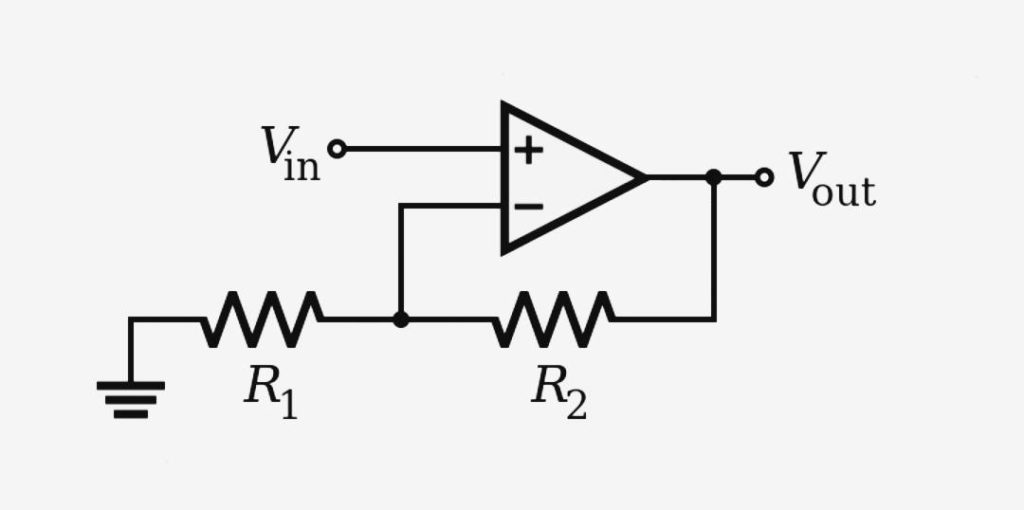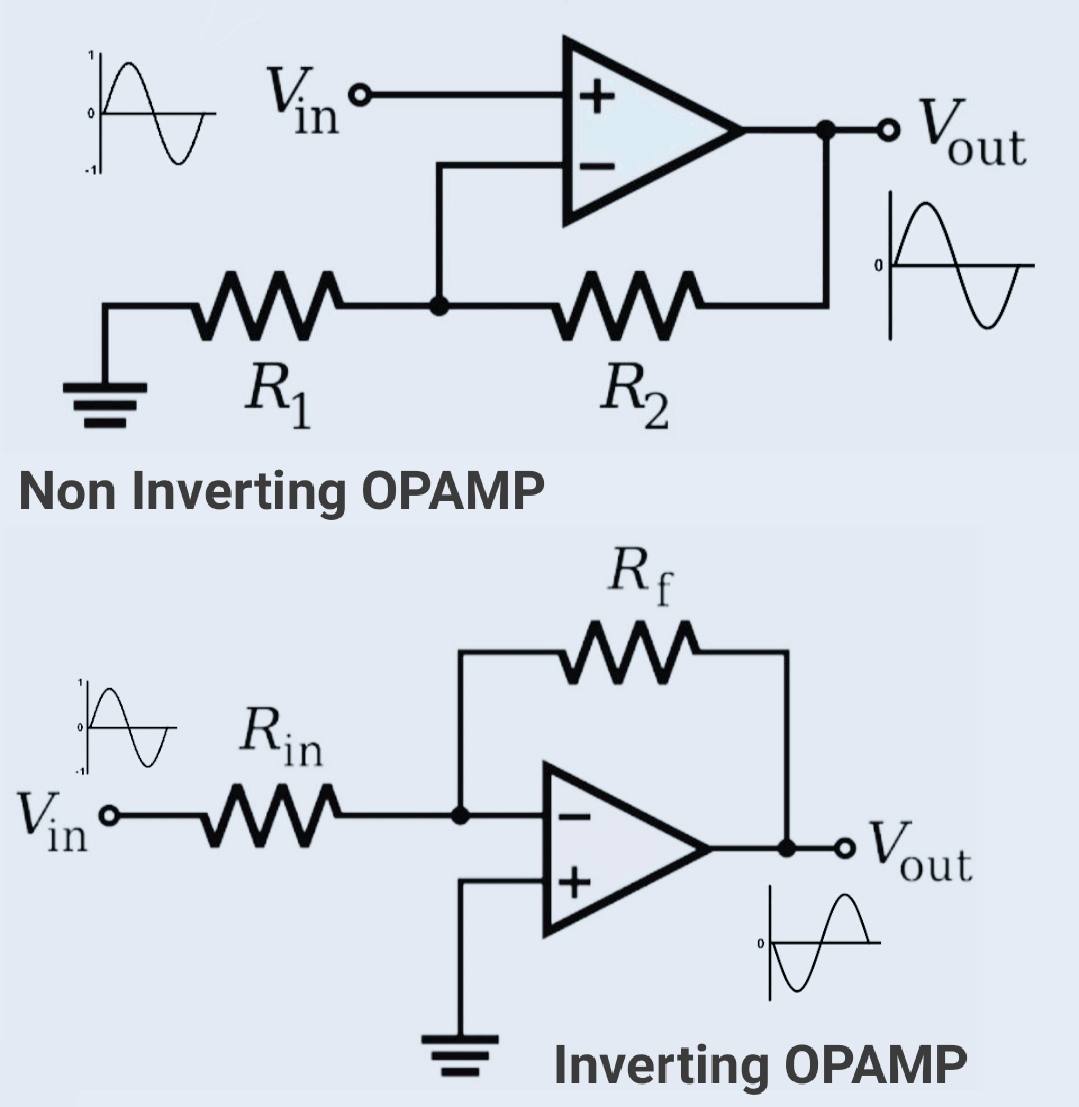An operational amplifier is a DC-coupled high-gain electronic voltage amplifier amplifier that has high gain, differential input, high input resistance, and low output resistance.
Symbol:
The symbol of an OP-AMP is as shown

Usually, there are five pins in one OP-AMP
Inverting pin
Non-Inverting pin
Output pin
Positive Supply/Bias voltage pin
Negative Supply Voltage/Ground pin
Dual power supply:
Most of the OP-AMP need to a DC power supply. The +Vs and -Vs are power supply terminal.
the +ve terminal of OP-AMP is connected to positive terminal of source and -ve terminal is connected to negative terminal of source.
Operation:
Ideally, the OP-AMP amplifies the input differential voltage (potential difference between inverting and non-inverting pin).
The gain of an OP-AMP is controllable. External resistor controls the gain of OP-AMPs. If there is no feedback, the gain is called open-loop gain, if the feedback is present the gain is called closed-loop gain.
If there is even a small differential voltage at the input, it will cause an output voltage equal to the almost supply voltage. This is due to the large gain of the amplifier. In open-loop gain, an operational amplifier acts as a comparator (compares the inverting and non-inverting voltage). If non-inverting voltage is greater than the inverting voltage, the output will be almost equal to the supply voltage because
If feedback is present then the gain is called closed-loop gain. Now, there are two configurations for the operational amplifier
1-inverting OP-AMP
2-non-inverting OP-AMP
Inverting operational amplifier

Inverting amplifier is the one which amplifies the signal and also inverts the signal. Its gain formula is
Non-Inverting Operational Amplifier:

A non-Inverting amplifier is the one that amplifies the signal without inverting it. Its gain formula is
Ideal Operational Amplifier
The ideal OP-AMP is the one that has the following characteristics.
- Infinite open-loop gain
- Infinite input resistance
- Zero output resistance
- Zero input offset voltage
No real OP-AMP is ideal because the real OP-AMP does not satisfy the above conditions.
Applications of Operational Amplifier:
In various electronic circuits, OP-AMPs are present.
- Differential Amplifier
- Differentiators and Integrators
- Filters
- Oscillators and waveform generators
- Precision rectifiers
- Voltage clamping
- Analog to digital converters
- Digital to analog converters
OP-AMP tutorial:
-
Opamp as Differentiator (active differentiator)
-
OP AMP integrator
-
Voltage Follower OPAMP or buffer Amplifier
-
Non Inverting Amplifier (OPAMPs)
-
Inverting amplifier (OPAMPs)
-
741 Op Amp, First Operational Amplifier IC
-
What is operational amplifier? basics concepts
-
Automatic Battery Charger circuit using LM358 OP-AMP

